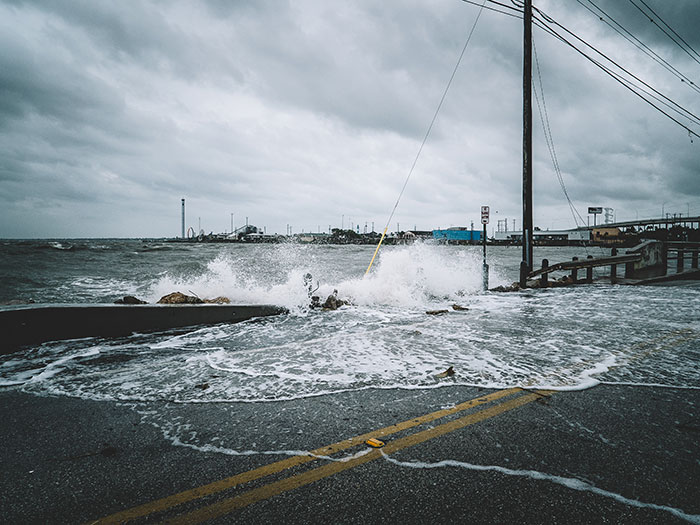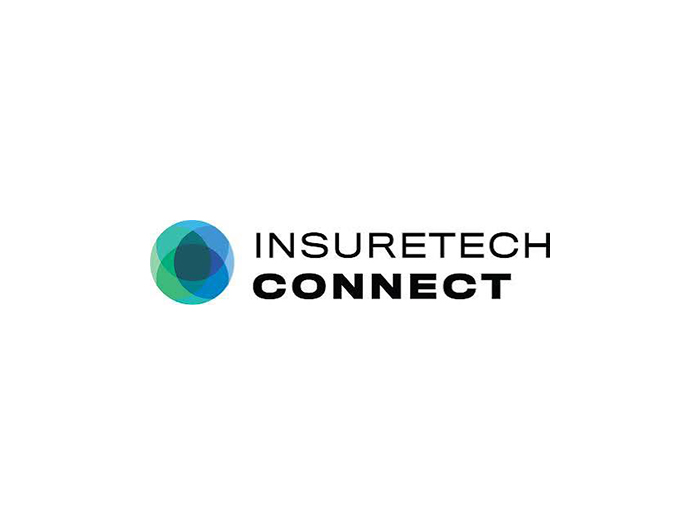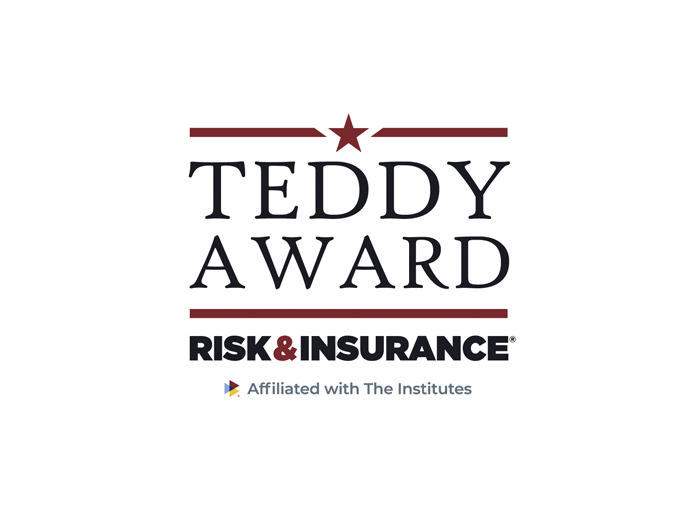Sponsored: Lexington Insurance
Market Changes are Coming

The third quarter of 2017 showed no mercy. Hurricane by hurricane, wildfire by wildfire, natural disasters destroyed countless properties and disrupted business operations from the Caribbean to California.
In the past, outlier CAT seasons such as this produced significant changes in both risk transfer markets as well as approaches to risk mitigation and claims management.
“Quarter after quarter of consecutive reductions have left us at the lowest pricing point in the market in the last 18 years. This low point coupled with significant catastrophe losses likely signals an inflection point,” said George Stratts, President and CEO of Lexington Insurance Company, AIG’s excess & surplus lines insurer. “We’re at a point where the market is most vulnerable to dramatic shifts.”
Though no two CAT seasons are the same, there are some historical examples that provide insights into how the current market may respond.
“Market conditions now are very similar to what we experienced in 1999. At that time, we were experiencing a prolonged soft market. Then a series of catastrophes occurred in the following years, including the 9/11 attacks and the devastating hurricane seasons of 2004 and 2005,” Stratts said.
Fast forward to today, and the situation looks very similar. Guy Carpenter’s Global Property Casualty Rate-On-Line Index reflects the current low pricing point; in 2017, the index value was at its lowest point since 1999. Then the tumultuous third quarter of 2017 heaped significant losses on the industry.
While no one can predict how the 2017 CAT season will impact the market landscape or price of risk transfer, it seems clear that changes are coming. This is, after all, the first time that alternative capital is being tested in a major way. How that capital responds and whether it returns remain to be seen.
But it’s not just about risk transfer. Increasingly, companies are just as concerned about their carrier’s ability to mitigate their risk. Regardless of how the risk transfer market responds, best-in-class carriers who have developed the analytical tools and engineering expertise to educate clients about their risks are the ones who survive and thrive through market disruption.
What’s Next for Risk Management?

George Stratts, President and CEO, Lexington Insurance Company
One proven maxim is that a more granular view of risk is a better view of risk. In the past, the carriers who invested time and resources to develop their own view of risk were better prepared to respond to catastrophic losses.
After Hurricane Andrew, for example, carriers were challenged to reevaluate their coastal property exposure, adopt more stringent underwriting, and focus on building resilience. Leveraging data, analytics and machine learning to build on old approaches will be the way forward.
“The first generation of widely-used catastrophe models established a technical baseline in the marketplace, which provided a guide to price the volatility of some of the risks we assume and better account for them in a long-term, sustainable way,” Stratts said.
“But as we move forward, broad-based market changes become much more nuanced and tailored to individual risk characteristics. Have carriers developed their own proprietary views of risk based on their experience, the experience of their portfolio, and insights garnered via data analytics and engineering? That’s what we’ll learn in the year ahead.”
Lexington invested in building out catastrophic risk capabilities, leading to CAT models that were adapted to the carrier’s own book of business and exposure and much more detailed than industry standard models.
In addition to fine-tuning existing tools, best-in-class carriers develop their own analytical tools to better evaluate risk. Lexington did this for one of the most difficult areas of risk to insure – flood.
Lexington dug deeper than standard flood maps and again built a more granular view of its flood exposure. In many cases, it was able to inform clients of exposure that they hadn’t been aware of because they were located outside of a flood zone as demarcated on standard maps. Or, the carrier determined that some locations were actually at a decreased level of risk.
Lexington demonstrated the success of its proprietary flood models in the response to Hurricane Harvey.
“As the events of Harvey were unfolding, the early message from many markets and modeling firms was that they couldn’t accurately estimate the loss because flood is so tough to model. But we were able to tell pretty quickly the impact on our portfolio, which meant we could respond to claims much faster,” Stratts said.
Claims Commitment
 In the end, businesses need an insurance partner who help them rebuild. Risk engineering and analytical tools can help build resilience, but the strength of the claims team is what gets companies back on their feet.
In the end, businesses need an insurance partner who help them rebuild. Risk engineering and analytical tools can help build resilience, but the strength of the claims team is what gets companies back on their feet.
“The commitment I see from our claims people to be able to take on Harvey, then Irma, then Maria, then the wildfires in California, all while traditional loss activity hasn’t stopped, is incredible. They haven’t skipped a beat,” Stratts said.
Paying claims quickly is even more urgent following natural catastrophes because businesses can’t begin repairs without access to working capital. Recognizing that need, AIG developed its ‘Property Claims Promise,’ which assures policyholders that they will receive a payment of up to 50 percent of the agreed total loss estimate within seven working days after coverage is confirmed. The funds can assist with cleanup costs, property repairs, and extra expenses incurred during the rebuilding process.
One of AIG’s larger clients in Houston, for example, sustained damage to over 600 of their 2400 locations when Hurricane Harvey hit, with two locations being a total loss. After an adjuster met with the client in the days following the storm, AIG saw no reason to wait for a formal report of damages and issued a $15 million advance within two weeks of Harvey making landfall.
Experience is vital as well. AIG has been through Hurricane Andrew in 1991, the tragedy of 9/11, and the catastrophic hurricane seasons of 2004 and 2005, among others. Through the influx of alternative capital and the challenges of prolonged soft market, AIG and Lexington have been constants.
“It’s one thing to offer capacity and to knowingly write catastrophe risk, it’s another thing to be able to respond when catastrophe happens,” Stratts said.
Emerging Stronger
Being prepared to respond and come back stronger takes continual self-improvement and a dedication to getting the details right.
Post-event, Lexington conducts a comprehensive review of its loss response to determine what went well and what didn’t.
“We call it ‘loss lessons learned.’ It’s a multi-disciplinary approach where we examine a loss through six lenses: underwriting, risk engineering, analytics, claims, operational response and communications,” Stratts said. This exhaustive process pulls in people across the organization to gain a holistic view of the loss to reflect the way clients experience it.
“Those functions might be separate within any given company, but a client sees it all at once — the property damage that may reveal engineering flaws, the claims process, the impact on the insurance contract, etc.,” Stratts said. “Getting a holistic view of our response helps us to create and fine tune comprehensive solutions. We plan to conduct such a review for our losses following the catastrophes in late 2017.”
Through its experience, risk expertise and claims commitment, Lexington is positioned to not just transfer clients’ risk, but to truly partner with companies to build resiliency no matter what lies ahead.
To learn more, visit http://www.lexingtoninsurance.com/home.
This article was produced by the R&I Brand Studio, a unit of the advertising department of Risk & Insurance, in collaboration with Lexington Insurance. The editorial staff of Risk & Insurance had no role in its preparation.










